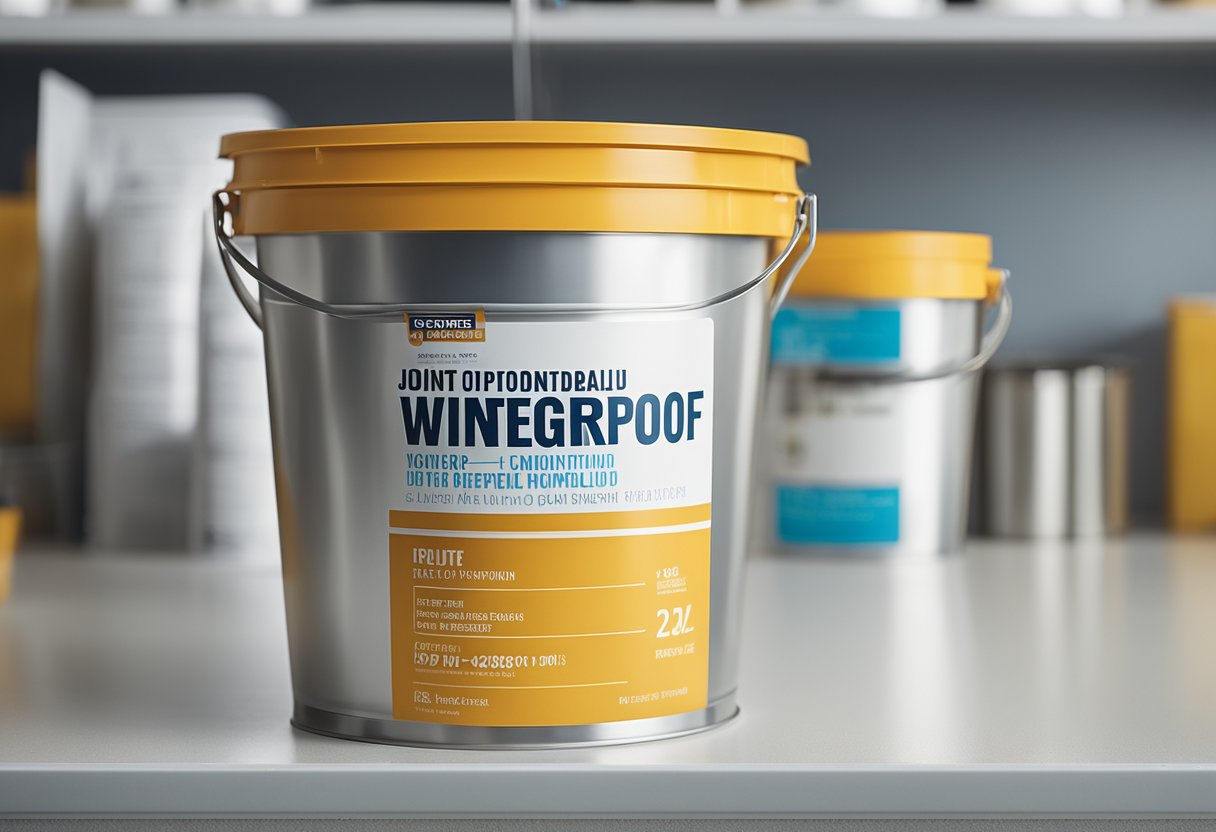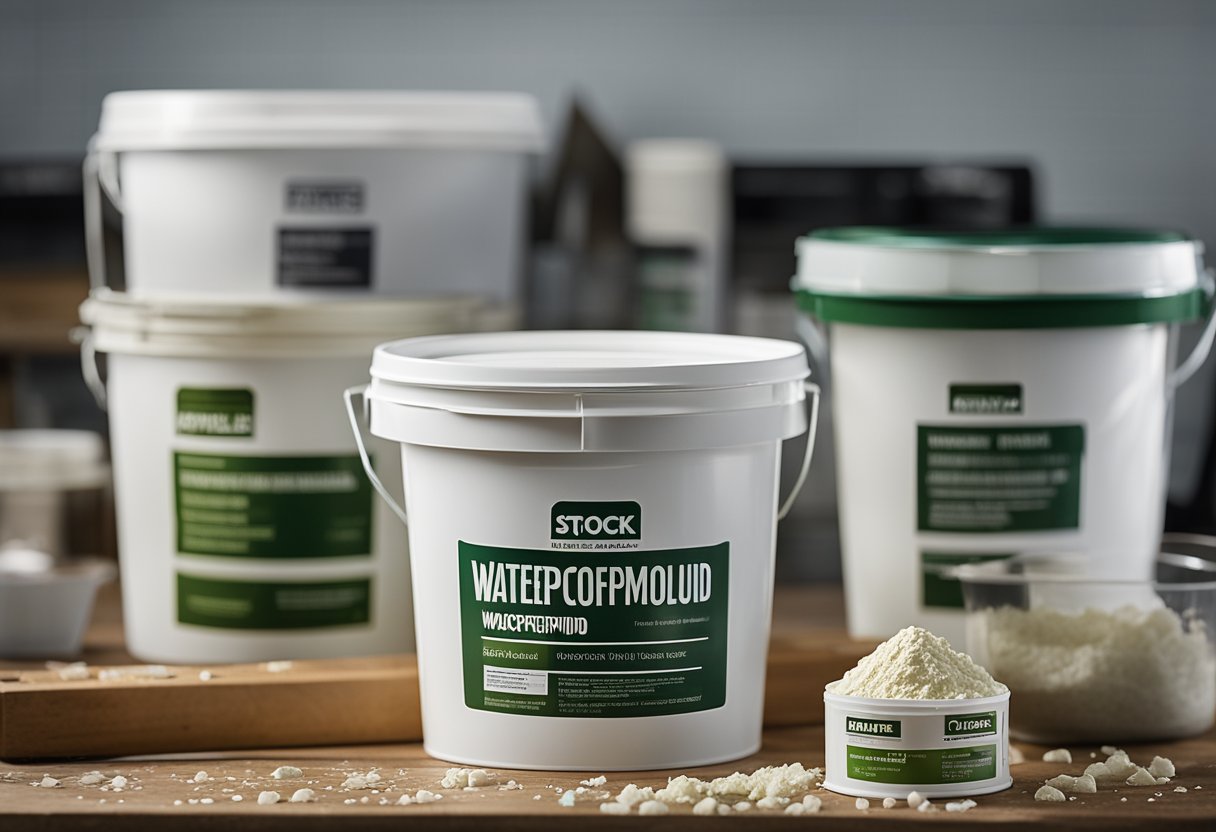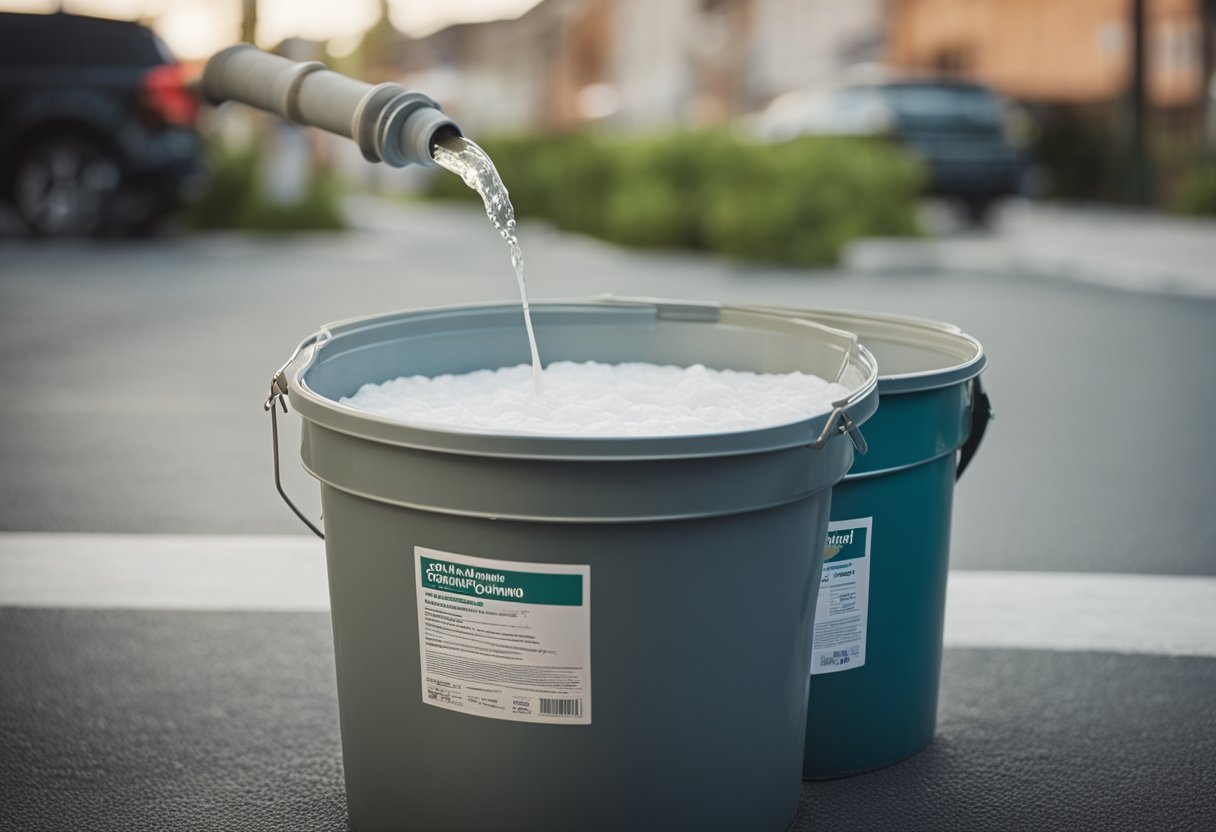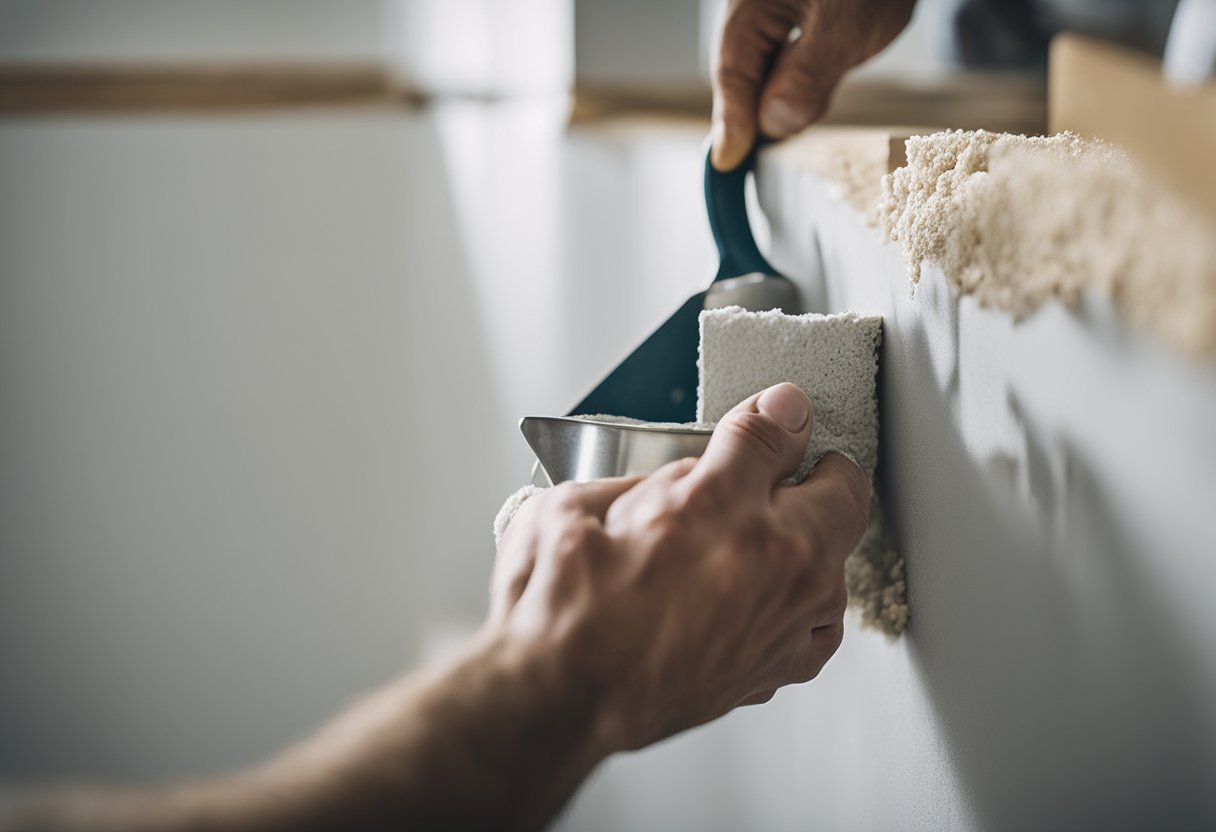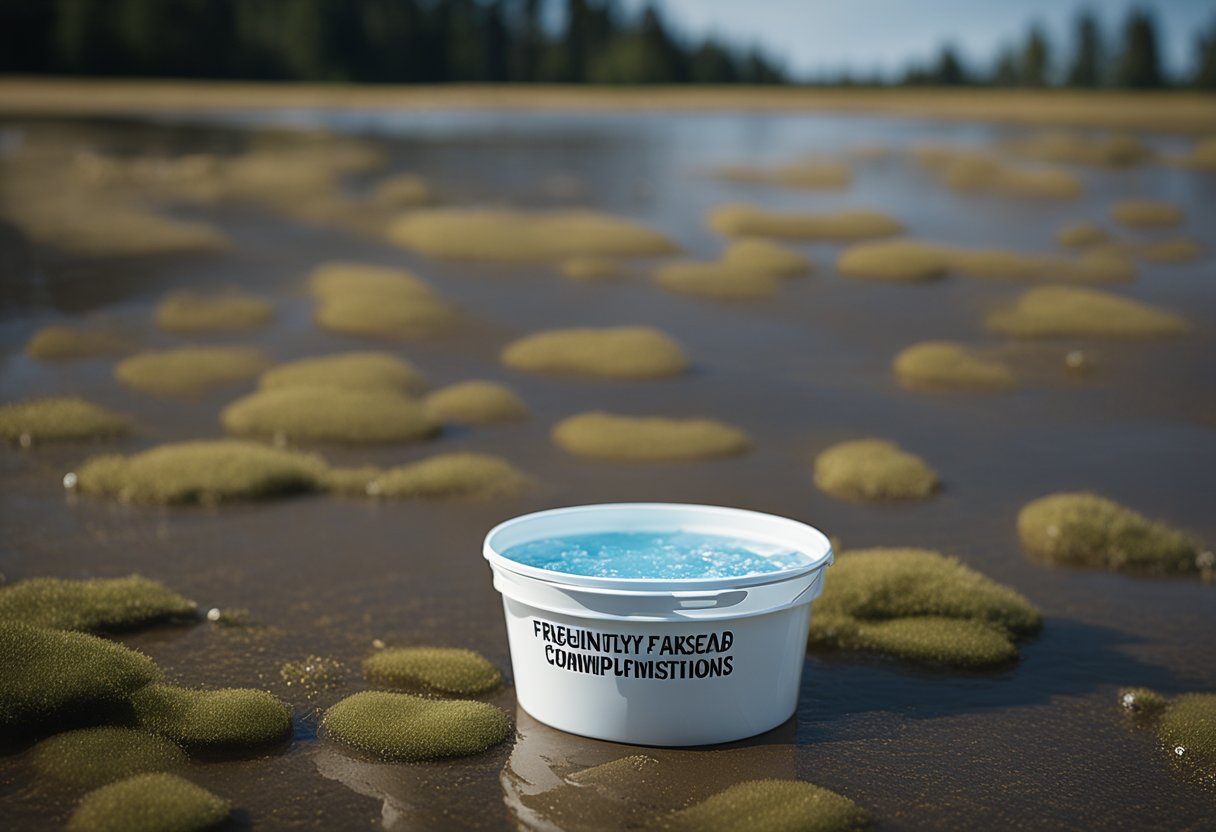As a DIY enthusiast or professional contractor, you may have wondered whether joint compound is waterproof. Joint compound is a versatile material that is used in various construction projects, including drywall installation, filling gaps, and repairing cracks. It is a critical component of any renovation or remodeling project, and understanding its properties is crucial to achieving a high-quality finish. In this article, I will explore the topic of whether joint compound is waterproof and provide insights on how to use it effectively.
To understand whether joint compound is waterproof, we need to first understand what it is and how it works. Joint compound, also known as drywall mud, is a gypsum-based material that is mixed with water to create a paste. It is used to fill gaps between drywall sheets, smooth out rough surfaces, and repair cracks and holes. Joint compound is available in different types, each with its own unique properties, and selecting the right type is essential to achieving the desired results. Understanding the properties of joint compound and how it interacts with water is essential to determining whether it is waterproof.
Key Takeaways
- Joint compound is a gypsum-based material that is used to fill gaps, smooth out surfaces, and repair cracks and holes.
- The different types of joint compound have varying degrees of water resistance, and selecting the right type is crucial to achieving the desired results.
- Applying a waterproofing agent on top of joint compound can help to make it more water-resistant.
Understanding Joint Compound
https://www.youtube.com/watch?v=u1LF3Khgi90&embed=true
As a professional in the construction industry, I have worked with joint compound on many occasions. Joint compound is a type of material that is used to fill in the joints between pieces of drywall, fill in any holes, and create a smooth surface before painting or wallpapering.
Joint compound is available in different forms, such as ready-mixed or powder, and in various consistencies, including lightweight and all-purpose. The composition of joint compound primarily consists of gypsum, which is a naturally occurring mineral composed of calcium sulfate dihydrate.
There are different types of joint compound available, such as taping, topping, all-purpose, lightweight joint compound, and hot mud. Taping compound is used to embed paper tape over the joints, while topping compound is used to cover the tape and fill in the gaps. All-purpose joint compound can be used for both taping and topping, making it a versatile option. Lightweight joint compound is composed of about 30% less weight than conventional weight joint compound, making it easier to work with and sand. Hot mud is another type of joint compound that sets quickly and is used for larger projects where time is of the essence.
When working with joint compound, it is important to follow the manufacturer’s instructions and guidelines. Joint compound should be applied in thin layers and allowed to dry completely before applying subsequent layers. It is also important to sand the joint compound between layers to ensure a smooth finish.
While joint compound can be used to fill in gaps and create a smooth surface, it is not inherently waterproof. Using regular joint compounds alone can result in water damage and even lead to toxic black mold growth. To prevent this from happening, it is important to use an appropriate product on top of your joint compound that is waterproof and mold-resistant.
In conclusion, joint compound is a versatile material used in the construction industry to fill in gaps and create a smooth surface. It is available in different forms and consistencies, making it suitable for various projects. However, it is not waterproof, and it is important to use an appropriate product on top of your joint compound to prevent water damage and mold growth.
Types of Joint Compound
As a contractor, I’ve worked with various types of joint compound over the years. Joint compound is a versatile material that is used for a variety of purposes, including repairing drywall, laminating drywall, and embedding tape. In this section, I will discuss the different types of joint compound that are available and their uses.
All-Purpose Joint Compound
All-purpose joint compound is the most commonly used type of joint compound. It is a pre-mixed, ready-to-use product that is easy to work with. All-purpose joint compound is ideal for taping and finishing drywall seams, as well as for repairing cracks and holes in drywall. It can also be used to embed tape and as an adhesive for laminating drywall.
Topping Compound
Topping compound, also known as topping mud, is a type of joint compound that is used for finishing drywall. It is a lightweight product that is easy to sand and produces a smooth finish. Topping compound is ideal for the final coat of a drywall job, as it provides a smooth surface that is ready for priming and painting.
Setting-Type Joint Compound
Setting-type joint compound, also known as hot mud, is a type of joint compound that hardens as it dries. It is used for embedding tape and for filling large gaps and holes in drywall. Setting-type joint compound is available in different setting times, ranging from 20 minutes to several hours. It is ideal for larger drywall repair jobs.
Lightweight Joint Compound
Lightweight joint compound is a newer type of joint compound that contains fibers and is designed to be easier to sand than traditional joint compound. It is ideal for repairing small cracks and holes in drywall. Lightweight joint compound is also mold resistant, making it a good choice for use in bathrooms and other areas with high humidity.
USG Joint Compound
USG is a popular brand of joint compound that offers a range of products for different applications. USG joint compound includes all-purpose joint compound, topping compound, and setting-type joint compound. USG also offers a range of specialty joint compounds, including mold resistant joint compound and ultralightweight joint compound.
Overall, the type of joint compound you choose will depend on the specific job you are working on. All-purpose joint compound is a good all-around choice, while topping compound is ideal for finishing work. Setting-type joint compound is best for larger repair jobs, and lightweight joint compound is a good choice for small repairs and areas with high humidity.
Application and Use of Joint Compound
https://www.youtube.com/watch?v=TQi9i0wdiDE&embed=true
When it comes to construction or renovating projects, joint compound is an essential material for finishing drywall. It is a versatile product that can be used for a variety of purposes, such as filling gaps, covering seams, and repairing holes. In this section, I will discuss the different ways to apply and use joint compound effectively.
One of the first things to consider when using joint compound is the type of surface you will be working on. Whether you are working on plaster surfaces or drywall, joint compound can be applied to create a smooth and even finish. To ensure that the joint compound adheres properly, it is recommended to prime the surface before applying the compound.
When applying joint compound, it is important to have the right tools. A trowel or putty knife is essential for spreading the compound evenly. Mesh tape can be used to reinforce corners and joints, and filler can be used to fill gaps and holes. When applying the compound, it is best to work in small sections and apply it in thin layers. This will help to prevent cracking and ensure a smooth finish.
Once the joint compound has been applied, it will need to be sanded to create a smooth surface. Sanding can be a messy process, so it is important to wear protective gear such as a dust mask and goggles. Sanding can be done by hand or with a power sander, depending on the size of the project.
After the joint compound has been sanded, it can be textured to match the surrounding surface. Texturing can be done using a variety of tools, such as a brush, roller, or trowel. The type of texture will depend on the desired finish.
In summary, joint compound is a versatile material that can be used for a variety of purposes in construction and home improvement projects. By following the proper application techniques and using the right tools, anyone can achieve a professional-looking finish. If you need technical support or have questions about using joint compound, it is recommended to consult with a professional or the manufacturer’s guidelines.
Joint Compound and Water Resistance
https://www.youtube.com/watch?v=gdIiuA-clIc&embed=true
As a DIY enthusiast, I have often wondered about the water resistance of joint compound. Joint compound is a popular building material used for mending, repairing, or finishing joints in drywall. However, it is not inherently waterproof and can absorb moisture over time.
Humidity and moisture are common in bathrooms, kitchens, and other areas with high moisture levels. Using regular joint compounds alone in these areas can result in water damage and even lead to toxic black mold growth. Therefore, it is essential to use an appropriate product on top of your joint compound that is waterproof and mold-resistant, such as a waterproofing membrane or a moisture barrier.
While joint compound is not waterproof, it can resist water to some extent. According to The Paint Facts, joint compound can withstand some wetness, but it does not easily get wet when it seals on drywall. It needs a lot of water passers or to stay a long time with water for the joint compound to get wet.
It is worth noting that joint compound can also help prevent water damage by sealing gaps and cracks that could allow water to penetrate. However, it is not a substitute for proper waterproofing.
In conclusion, joint compound is not waterproof, but it can resist water to some extent. To prevent water damage and mold growth, it is essential to use an appropriate product on top of your joint compound that is waterproof and mold-resistant.
Dealing with Potential Issues
When using joint compound, it is essential to be aware of potential issues that may arise. One of the most common problems is the growth of mold and mildew, which can occur if the joint compound is not properly waterproofed. To prevent this, it is recommended to use a waterproof joint compound that is mold-resistant.
Another issue that may arise is cracking or peeling of the joint compound. This can occur if the drywall panel is not properly prepared before applying the joint compound. To avoid this, it is important to ensure that the drywall panel is clean, dry, and free of any debris before applying the joint compound.
If cracks do occur in the joint compound, it is important to repair them as soon as possible. This can be done by applying a new layer of joint compound over the crack and smoothing it out with a putty knife. It is important to ensure that the joint compound is completely dry before sanding it down and painting over it.
When renovating a bathroom, it is important to use a joint compound that is specifically designed for use in wet areas. Regular joint compound is not suitable for use in bathrooms as it is not waterproof and may lead to water damage and mold growth.
In summary, when working with joint compound, it is important to use a waterproof and mold-resistant product to prevent potential issues such as mold growth. It is also important to properly prepare the drywall panel before applying the joint compound to prevent cracking and peeling. Finally, it is essential to use a joint compound that is suitable for use in wet areas when renovating a bathroom.
Professional Tips for Using Joint Compound
As a professional, I have used joint compound extensively in my work. Joint compound is a versatile material used in drywall installation and repair. It is a gypsum-based paste that is used to finish drywall joints and corners, fill in any holes, and create a smooth surface before painting or wallpapering.
When using joint compound, it is important to ensure that it is mixed to the right consistency. The consistency should be similar to that of toothpaste, not too thick or too thin. A thinner consistency can result in a weaker bond, while a thicker consistency can make it difficult to spread the compound evenly.
For a superior bond, it is recommended to use joint compound specifically designed for your project. For example, if you are working in a bathroom or any other area with high moisture levels, it is best to use a waterproof joint compound. Regular joint compound is not waterproof on its own, so if you use it in a bathroom, it is important to use paint, which is water-resistant, to top the compound. Applying a topcoat will ensure you have a barrier between the moisture of your bathroom and the joint compound.
Another professional tip is to apply joint compound in thin layers, allowing each layer to dry completely before applying the next. This ensures that the compound dries evenly and prevents cracking.
In conclusion, joint compound is an essential material for drywall installation and repair. By following these professional tips, you can ensure that you get the best results from your joint compound application.
Frequently Asked Questions
What are some moisture-resistant joint compounds for wet areas?
There are several moisture-resistant joint compounds available in the market that can be used in wet areas. Some popular options include USG Sheetrock Brand Plus 3 Lightweight All-Purpose Joint Compound, DAP Phenopatch Wbjc Rtu Joint Compound, and SHEETROCK Brand Easy Sand 45 Lightweight Setting-Type Joint Compound. These compounds are specially formulated to resist moisture and prevent water damage.
Can joint compound be used in showers or other wet environments?
No, regular joint compound should not be used in showers or other wet environments. It is not waterproof and can absorb moisture, leading to mold growth and other problems. Instead, it is recommended to use a moisture-resistant or waterproof joint compound specifically designed for wet areas.
Is there a waterproof joint compound for drywall?
Yes, there are waterproof joint compounds available for drywall. These compounds are specially formulated to resist water and prevent damage caused by moisture. Some popular options include USG Durock Brand Waterproofing Joint Compound and RedGard Waterproofing and Crack Prevention Membrane.
What is the best joint compound for bathroom ceilings?
The best joint compound for bathroom ceilings is a moisture-resistant or waterproof joint compound. This is because bathroom ceilings are exposed to high levels of moisture and humidity, which can cause regular joint compound to absorb water and become damaged. Some popular options include USG Sheetrock Brand Plus 3 Lightweight All-Purpose Joint Compound and DAP Phenopatch Wbjc Rtu Joint Compound.
Does drywall mud absorb water?
Yes, drywall mud can absorb water if it is not moisture-resistant or waterproof. This can lead to mold growth and other problems. It is important to use a moisture-resistant or waterproof joint compound in wet areas to prevent water damage.
What is the difference between moisture-resistant and waterproof joint compounds?
Moisture-resistant joint compounds are designed to resist moisture and prevent water damage, but they are not completely waterproof. Waterproof joint compounds, on the other hand, are designed to provide complete protection against water and moisture. Waterproof joint compounds are recommended for areas that are exposed to high levels of moisture and humidity, such as showers and other wet environments.

Hi, I’m Sal Muller of Tooltrip.com. My DIY experience led me to understand essential power tools for home projects. Tooltrip.com guides enthusiasts and professionals in choosing right tools for any job. I provide concise top tool reviews for easier, efficient DIY.

